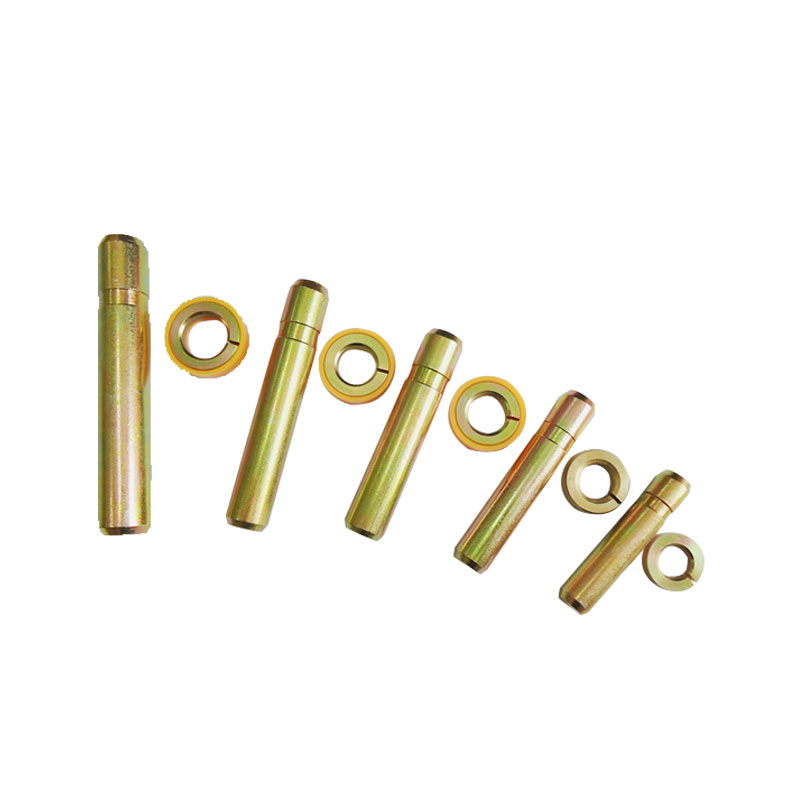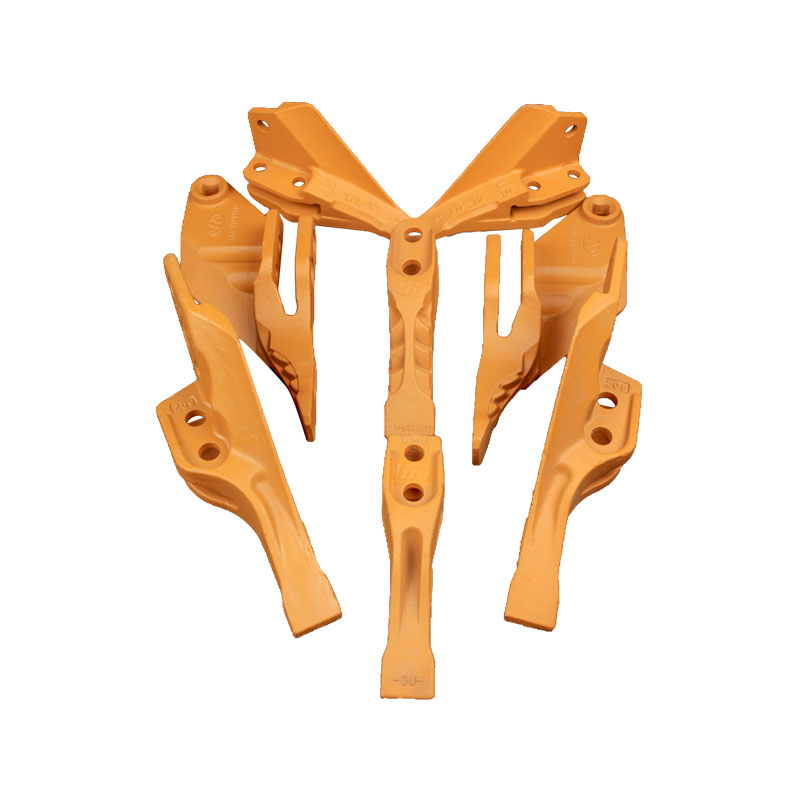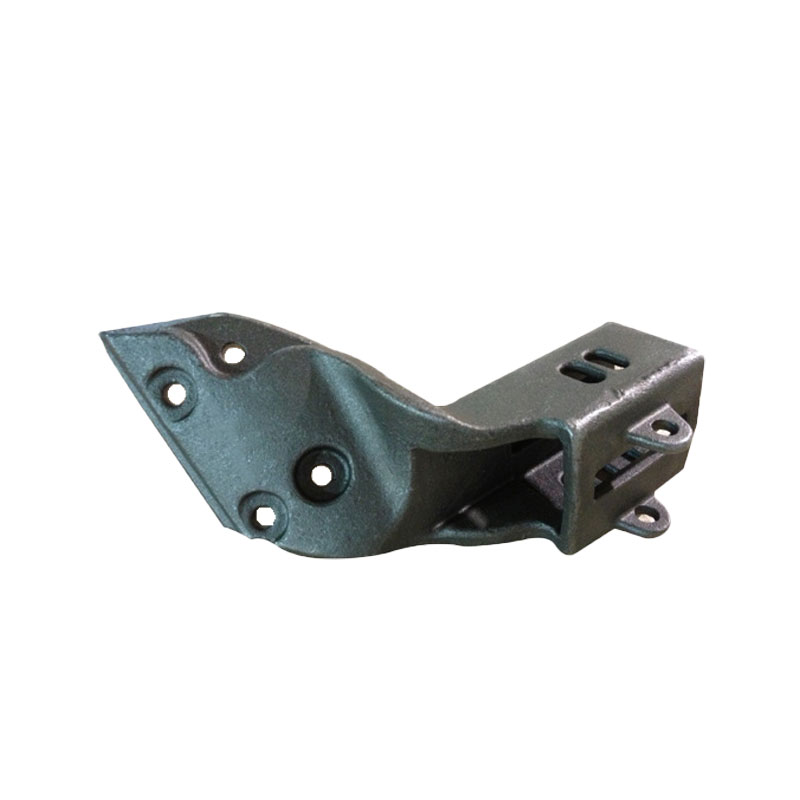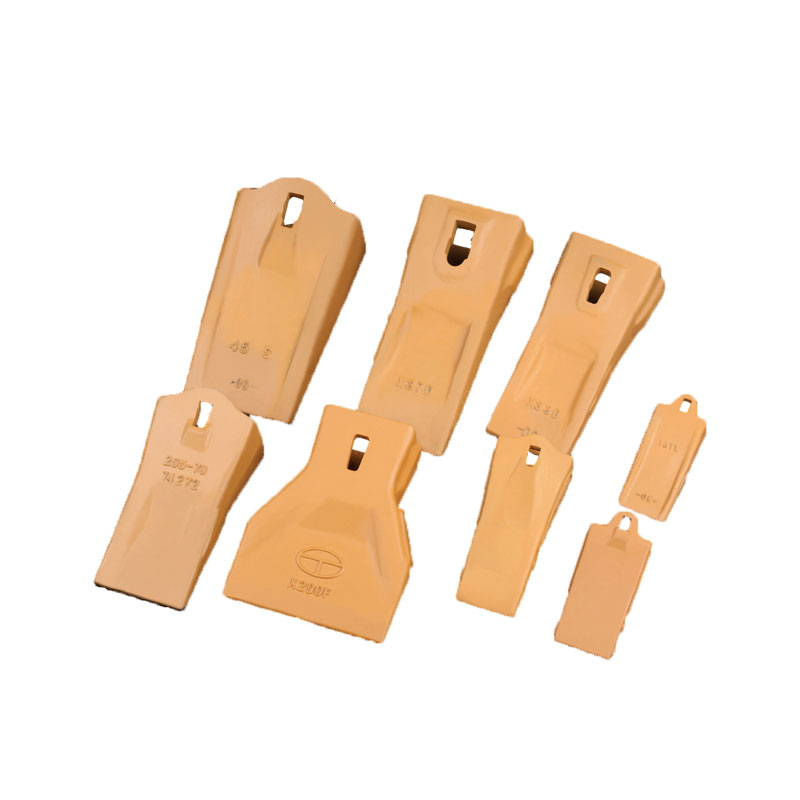Stainless steel casting is widely used in various indus […]
Stainless steel casting is widely used in various industries due to its exceptional strength, corrosion resistance, and aesthetic appeal. However, ensuring high-quality stainless steel casting parts requires careful attention to the production process.
1. Material Selection:
The selection of the right stainless steel alloy is crucial for the desired properties and performance of the casting parts. Different grades of stainless steel have varying corrosion resistance, strength, and heat resistance characteristics. It is essential to consult with metallurgical experts or engineers to determine the most suitable alloy for specific applications and environments.
2. Mold Design and Wax Pattern:
Accurate mold design and wax pattern creation are essential for successful casting. A meticulously designed mold with precisely defined gating and venting systems ensures the proper flow of molten metal and minimizes the risk of defects. Similarly, the wax pattern should be created with precision to replicate the desired shape and features of the final part.
3. Shell Building and Preheating:
The shell building process involves dipping the wax pattern into a ceramic slurry to create a ceramic shell. It is crucial to ensure uniform thickness and proper drying of each layer to prevent cracking or defects. Additionally, a controlled preheating process optimizes the strength of the ceramic shell and eliminates residual wax before the casting process.
4. Melting and Pouring:
The melting of stainless steel alloys should be performed in a controlled atmosphere or vacuum furnace to prevent oxidation and maintain the alloy's desired composition. Careful temperature control and monitoring ensure proper melting and pouring. The molten metal should be poured into the mold at a controlled rate and without turbulence to minimize the formation of defects like porosity or shrinkage.
5. Cooling and Solidification:
Proper cooling and solidification play a crucial role in the integrity and mechanical properties of the stainless steel casting parts. Gradual and controlled cooling helps ensure uniform grain structure and minimizes the risk of cracks or distortions. It is important to avoid abrupt cooling, as it can lead to thermal stresses and defects.
6. Post-Casting Processes:
After the casting process, the parts may require various post-casting treatments like heat treatment, surface finishing, and machining. These processes should be carefully planned and executed to maintain the desired properties and dimensional accuracy of the stainless steel casting parts. All equipment used in these processes should be properly calibrated and monitored.
7. Quality Control and Inspection:
Regular quality control checks and inspections should be conducted at various stages of the production process to ensure adherence to specifications and detected defects. Non-destructive testing methods, such as visual inspection, radiography, and ultrasonic testing, can be employed to identify any potential defects or imperfections.



